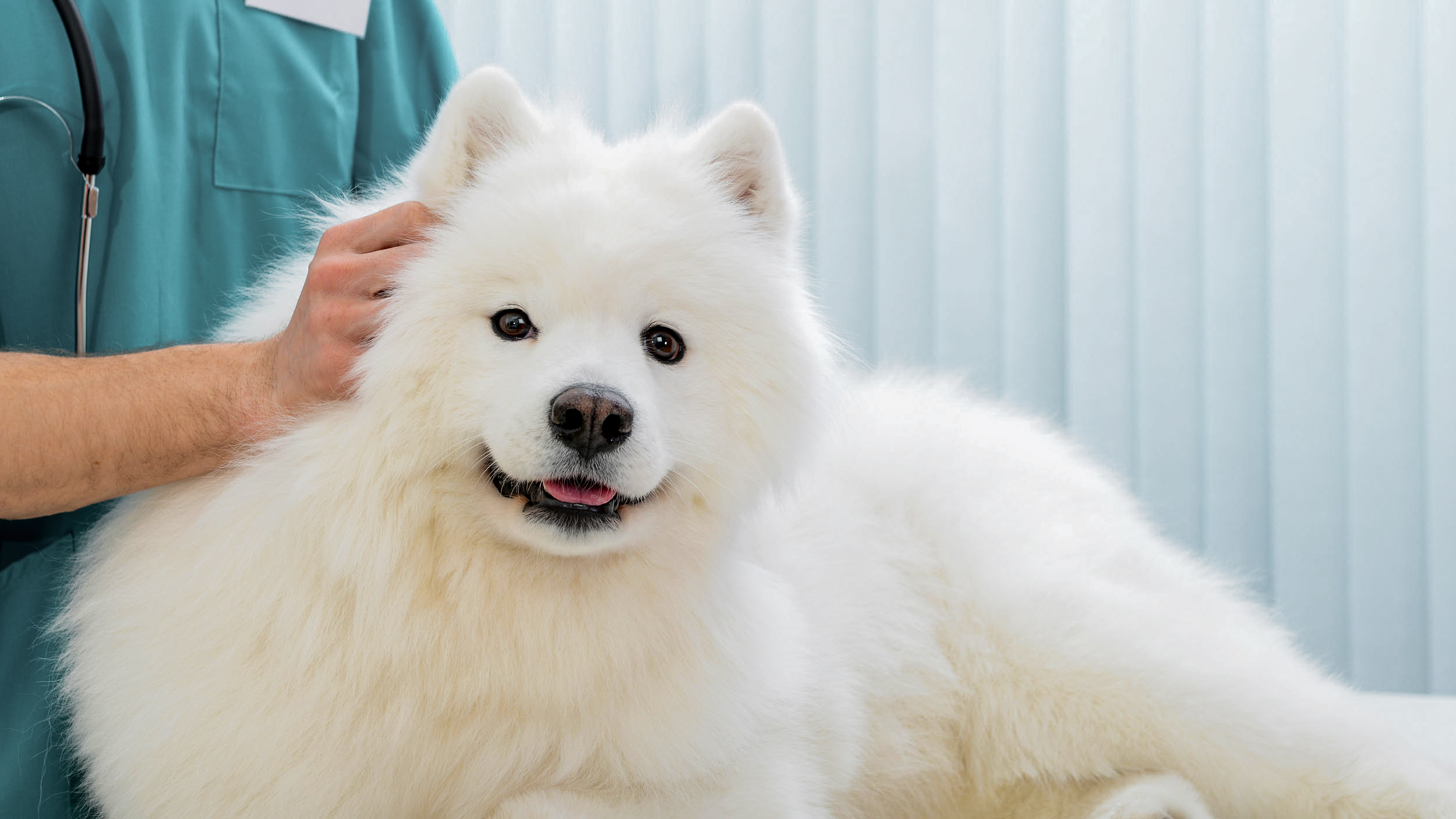Let’s talk about skin conditions in dogs
Dog owners know that there is no greater joy (or maybe just a few) than stroking a dog. A dog’s skin and coat offer vital protection against parasites, regulates their temperature, and houses sensitive nerve endings. But did you know that your dog’s skin also stores fat, water, and vitamins! What is less known is that their skin can suffer from a variety of conditions causing pain, itching, and inflammation that can truly affect their wellbeing. Luckily, you don’t need to be a dermatologist to be a great pet owner. Learning about the different conditions and their symptoms can help you support your dog's health and to know when to call your vet.

Depending on the breed of your dog, age, and a number of genetic factors, you may find they are prone to skin conditions. You can support your dog’s recovery, as well as prevent future problems, in a number of simple ways.
What’s important about your dog’s skin?
A dog’s skin acts as a barrier between their sensitive organs, muscles and skeleton and their environment – whether they spend time outdoors or indoors. It’s the largest organ in their body and, including their hair, makes up around 12% of their entire body weight. It offers vital protection against parasites, stores fat, water and vitamins, and houses sensitive nerve endings.
Their skin is a barrier which prevents water loss, reducing the chance of dehydration, as well as helping regulate their body temperature. A dog’s skin also secretes sebum, an oil-like substance which creates a biofilm over the surface of the skin. This film protects against external threats by managing the balance of ‘good’ and ‘bad’ bacteria, and prevents bacteria from multiplying. It also maintains the pH balance of your dog’s skin to help prevent irritation from environmental changes.
In these ways, your dog’s skin is an important filter between their environment and their body, and needs to be looked after properly.
What are the symptoms of a skin condition in my dog?
Much like the symptoms of a skin condition in a human, your dog might suffer from dry, irritated, or red skin in certain areas. Their coat may appear dry or greasy, there may be some hair loss, or you may notice they have dandruff. It’s likely that the first symptom you’ll spot of a skin condition is your dog itching or scratching itself as it tries to relieve some of its discomfort.
Particular breeds of dog have their own skin conditions which it’s important to be aware of. Dogs such as Bulldogs or Pugs can suffer irritation from bacteria and yeast becoming ‘stuck’ in their folds of skin. Medium-sized dogs who may spend lots of time outside or working are exposed to environmental pressures, which means their skin’s natural defences need special support. German Shepherds, Dalmatians, Miniature Schnauzers and Shih Tzus all have similarly sensitive skin, so it’s important to ask your vet if there are any genetic predispositions to skin conditions you should know about.

Aimer et partager cette page